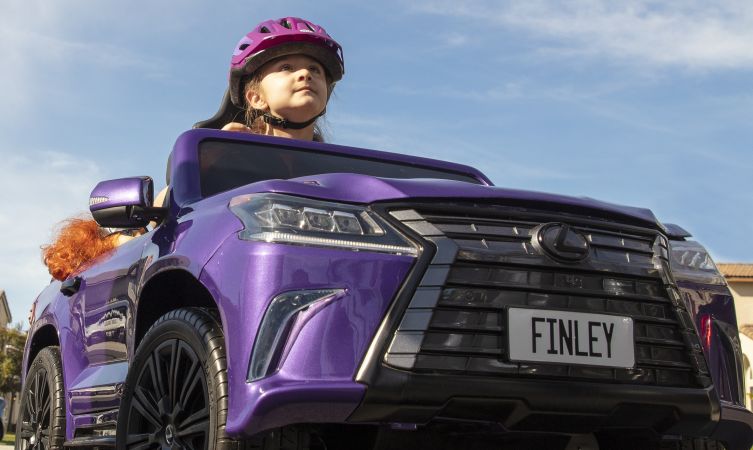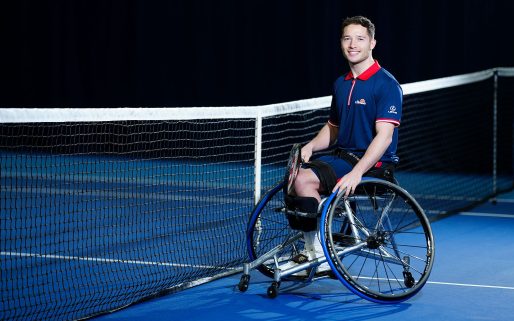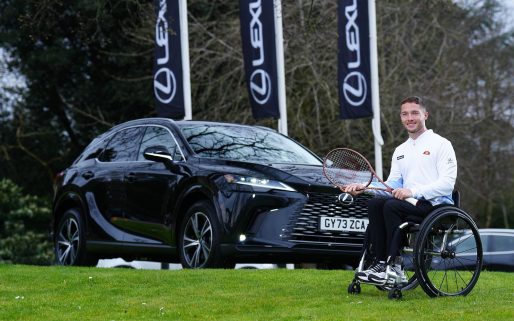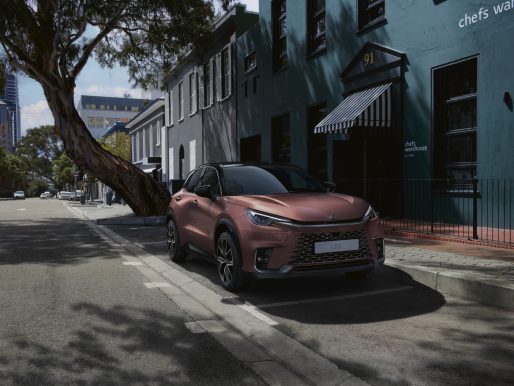Lexus USA has joined forces with the Cerebral Palsy Foundation (CPF) to create a one-of-a-kind ride-on vehicle for a six-year-old girl with cerebral palsy. It is a collaboration that aligns the human-focused design philosophy of Lexus with CPF’s mission to improve the lives of those affected by this congenital movement disorder.
Children with cerebral palsy find it extremely challenging to participate in their environment and play as other children do. So Lexus was keen to support CPF’s work and create something that would allow such a child to simply enjoy being a child.
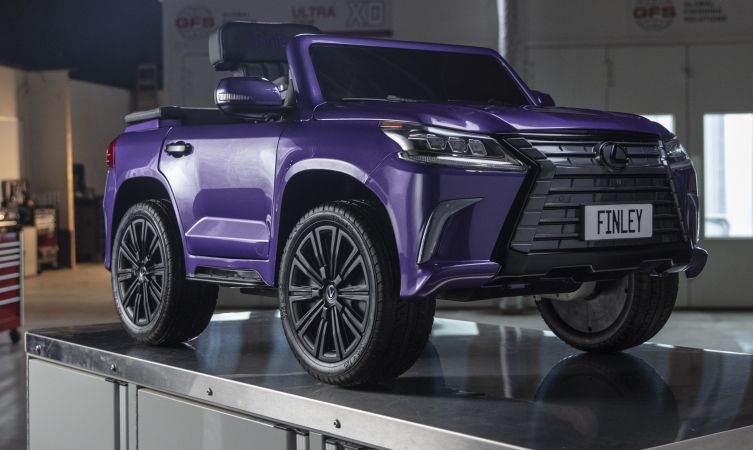
“People with cerebral palsy rarely get the interventions and support they need at the moments they need them,” commented CPF executive director, Rachel Byrne. “Our mission is to shift that paradigm and be a catalyst for creating positive change through innovative collaborations and partnerships.”
Lexus was keen to… create something that would allow such a child to simply enjoy being a child
The miniature, ride-on Lexus SUV was recently revealed to its recipient, six-year-old Finley Smallwood. As Finley finds it difficult to sit for long periods of time, Lexus engineers made modifications to the vehicle’s seat, adding side padding for lateral support, an adjustable headrest and a five-point harness. The door size was also increased and the ride height reduced to make it easier for Finley to get in and out.
Children with cerebral palsy usually don’t possess the strength to manipulate a steering wheel or press foot pedals. These two functions were therefore replaced with an armrest joystick so Finley more easily can control the direction and speed of the little Lexus. The car was also painted purple because that is her favourite colour.
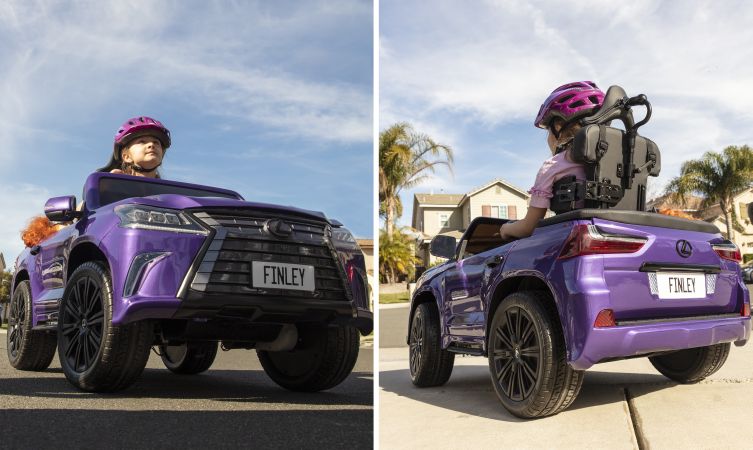
“We create vehicles around the art and science of human needs,” said Lexus representative Cooper Ericksen. “In this case, we wanted to push the envelope and explore what that might mean for a child with cerebral palsy who hasn’t been able to experience the joy of mobility like other children have.
“While these modifications will impact the life of one special child, it’s also a step in opening a door for exploring the vast possibilities of human-centric design.”
